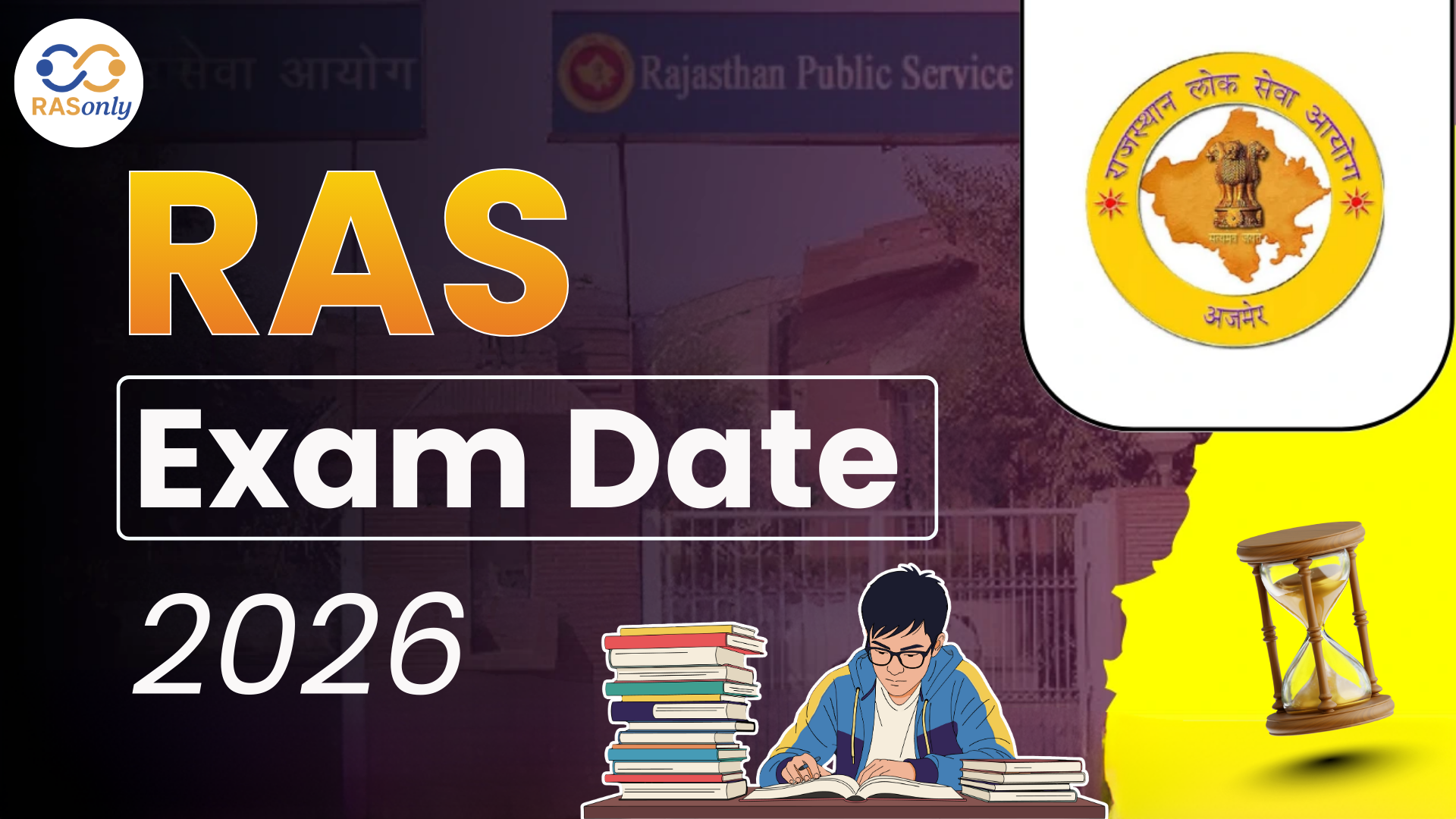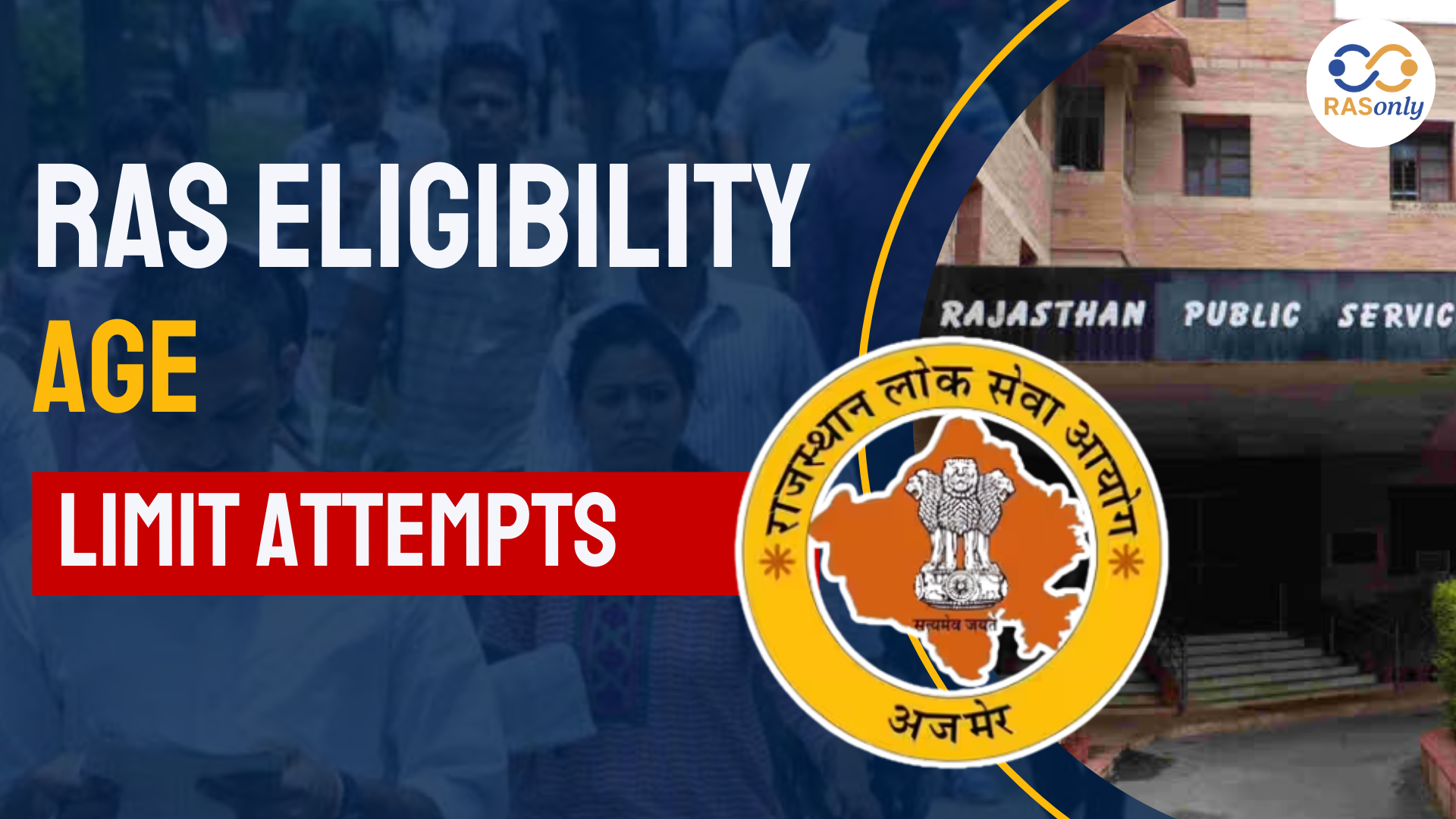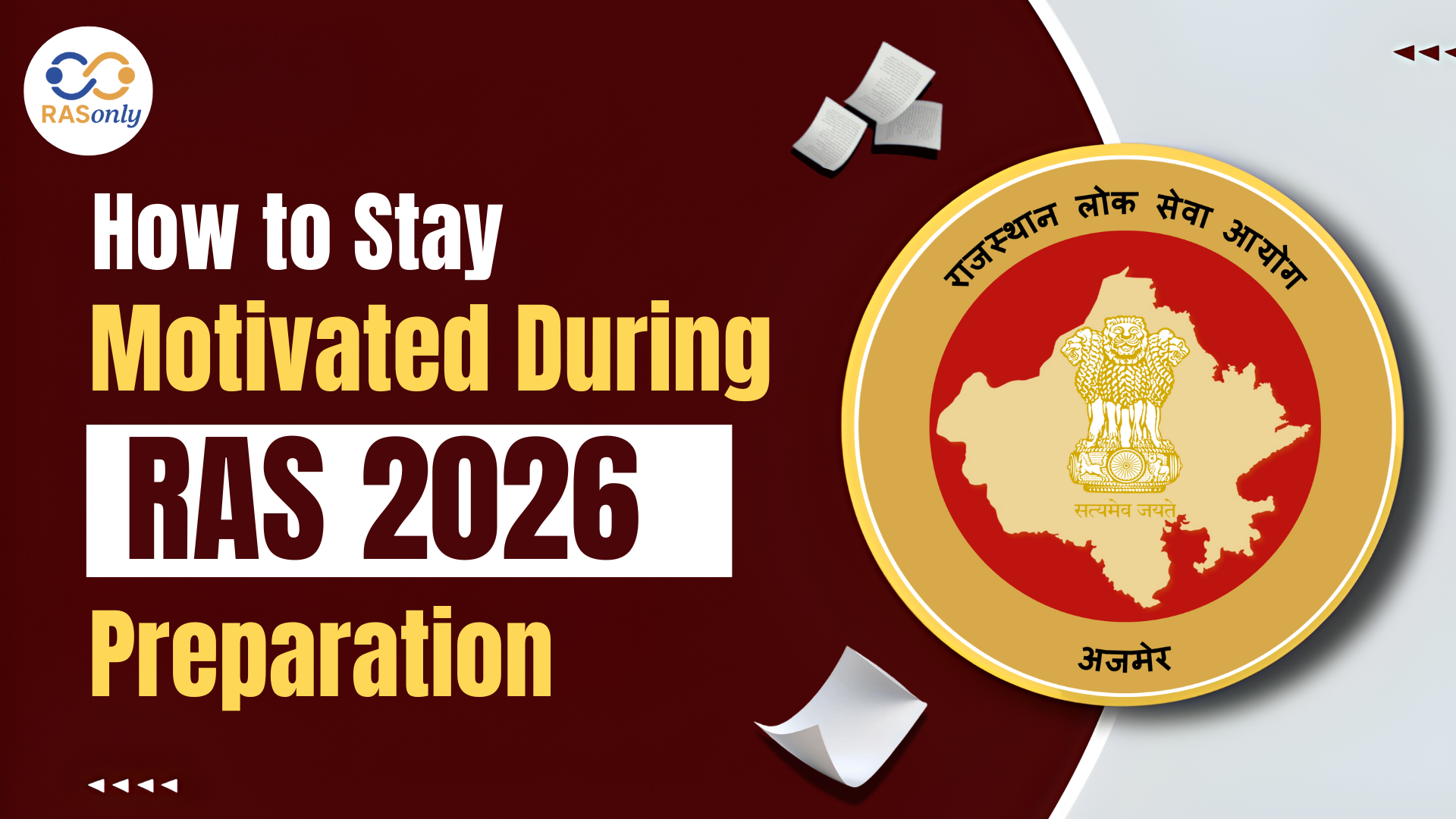RAS Exam Date 2026 for Notification, Prelims, Mains Date
- >
- RAS Preparation Resources
- >
- Sexual And Asexual Reproduction In Plants
Sexual And Asexual Reproduction In Plants


Introduction
Reproduction is the process through which living organisms generate new lives of their sort, hence the continuation of species.
There are two reproduction modes in plants, which are:
- Asexual reproduction -The process in which gametes are not involved or seed production does not take place.
- Sexual reproduction- this involves joining of male and female gametes resulting in the formation of seeds.
The two modes are involved in the survival, reproduction and diversity of plant life in a critical manner.
I. Asexual Reproduction Plants
Definition
- The phenomenon of asexual reproduction is the creation of new plants by one parent without seeds or production of gametes forming. The offspring are genetically the same as the parent (clones).
Key Means of Asexual Reproduction
- Vegetative Propagation
- Vegetative shoots such as roots, stems or leaves can produce new plants.
- Examples:
- Origin: Sweet potato.
- Stems: Potatoes (eyes), ginger (rhizomes), sugarcane (cuttings of the stem).
- Leaves: Bryophyllum (buds of the leaf).
- Significance: rapid development, maturity at an early age, same characters.
- Budding
- During the reproduction process, there is a formation of a small outgrowth or bud, on the parent plant and this detaches and then grows into its own new plant.
- Example: Yeast.
- Fragmentation
- The parent body is ruptured into two or more pieces which each develop into a new plant.
- E.g. Spirogyra (algae).
- Spore Formation
- Spores are light, small, and encapsulated by a tough covering; they grow in a favourable environment.
- Examples: Fungi, ferns, mosses.
Advantages
- Rapid multiplication.
- The maintenance of the traits that are wanted.
- Can occur in adverse circumstances (through organs of storage such as tubers, rhizomes).
II. Sexual Reproduction in Plants
Definition
- In sexual reproduction, male gametes (pollen grains) and female gametes (ovules) come together to give rise to a zygote that grows up to form a seed.
Flowers Structures
- Male sexual organ (Stamen):
- Anther-produces grains of pollen.
- Filament- bolsters the anther.
- Female reproductive organ (Carpel/Pistil):
- Stigma- intercepts pollen.
- Style-links stigma to ovary.
- Ovary -ovules contained on it.
Pollination
- Self Pollination: Pollen Movement: is the passing of pollen between the anther and stigma of the same flower or in the same plant to a different flower.
- See Cross-pollination.
- Pollinators:
- Wind (e.g. grasses)
- Water (e.g. Vallisneria)
- Insect (e.g. sunflower, rose)
- Birds and bats (e.g. banana, guava)
Fertilisation
- After pollination, pollen grain germinates on stigma → pollen tube grows → male gamete fuses with female gamete in ovule → forms zygote.
- Zygote grows into an embryo; ovary to fruit; ovules to seed.
III. Formation of Seed and the Fruit
- Seed: It bears embryos, cotyledons and seed coats.
- Fruit: Matured ovary, contains and disseminates seeds.
IV. Seed Dispersal
- Importance
- Prevents overcrowding.
- Decreases the competition of light, water and nutrients.
- Enables new habitats to colonise.
- Plures agents dispersal
- Wind: Light seeds having wings/ hairs (e.g. Madar, maple, sunflower).
- Water: Seeds afloat (e.g coconut, lotus).
- Animals: The fruits have adhesive or spiny fruits which stick on fur (e.g. Xanthium, Urena).
- Mechanism of Explosion: Fruit explosion and seeds dispersal (e.g. balsam, castor).
Comparison Table: Asexual vs Sexual Reproduction in Plants
|
Feature |
Asexual Reproduction |
Sexual Reproduction |
|
Parent Involvement |
Single parent |
Two parents (male & female gametes) |
|
Genetic Variation |
Offspring identical to parent |
Offspring genetically varied |
|
Speed |
Faster |
Slower |
|
Seed Formation |
Absent |
Present |
|
Adaptability |
Less adaptable |
More adaptable |
Conclusion
Plant life needs both sexual and asexual reproduction. Asexual reproduction makes propagation and retention of desired characteristics rapid. Sex favors diversity and adaptability to environmental changes and diversity of genes. An interaction of these processes assists in conservation of the ecology as well as the perpetuation of plant species.
Post Category
- RAS Salary
- Result
- RAS Admit Card
- RAS Job
- RAS Cutoff
- Preparation Tips
- RAS Answer Key
- RAS Exam Analysis
- RAS Syllabus
- RAS Previous Year Papers
- RPSC RAS Exam Pattern
- RAS Interview
- RAS Mains Exam Date
- RAS Vacancy
- RAS Test Series
- RAS Best Books
- RAS Preparation Resources
- RAS Coaching Centre
- History
- Polity
- Geography
- Economics
- Science
- Art and Culture
- RPSC RAS Application Form
- RPSC RAS Notification
RASonly Interview Guidance Program

Mr. Ashok Jain
Ex-Chief Secretary Govt of Rajasthan
- IAS officer of the 1981 batch, Rajasthan cadre.
- Passionate about mentoring the next generation of RAS officers with real-world insights.
- Got retired in Dec 2017 from the post of Chief Secretary of the state of Rajasthan.

Mr. Guru Charan Rai
Ex-ASP / SP in Jaisalmer
- Guru Charan Rai, IPS (Retd), retired as Inspector General of Police (Security), Rajasthan, Jaipur in 2017.
- Served as ASP and SP in Jaisalmer, Nagaur, Sri Ganganagar, Sawai Madhopur, Dausa, Sikar, and Karauli.
- He also held key positions as DIGP and IGP in the Law and Order division.

Mr. Rakesh Verma
Ex-IAS Officer, B.Tech, MBA, and M.A. (Economics)
- IAS officer of the 1981 batch and retired in Chief Secretary Rank.
- Civil servant of high repute and vast experience.
- Has been teaching UPSC CSE subjects for the last six years.
Related Post
👉🏻 Register Today to Join Classes! 👍🏻
- Team RASOnly -
🎯 Benefits of RASOnly Coaching:
- ✅ 1:1 Mentorship with RAS Officers
- ✅ Experienced and Expert Faculty
- ✅ Free Library Access
- ✅ Daily Minimum 4 Hours Must
- ✅ Comprehensive Study Material
- ✅ Regular Tests & Performance Analysis
- ✅ Personalized Guidance & Doubt Solving
- ✅ Online & Offline Class Options
- ✅ Affordable Fees with Quality Education
Key Highlights:
- 👉🏻 3-Day Refund Policy
- 👉🏻 New Batch Starting from 04 August
- 👉🏻 Registration Amount: Only ₹1000





